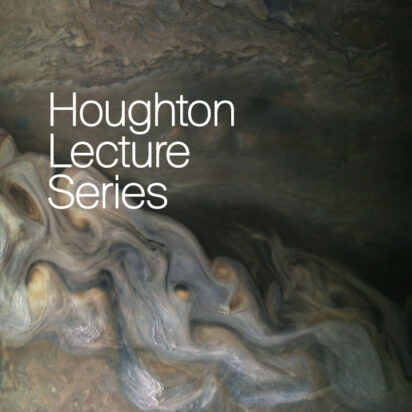
[Houghton Lecture] Yohai Kaspi (Weizmann Institute) – Geostrophic turbulence in planetary atmospheres
Date: Thursday, November 6, 2025 Time: 10:00 - 11:00am Location: 54-209 M. Nafi Toksöz Seminar Room | MIT Campus, Cambridge, MA Attend VirtuallyPlanetary rotation plays a key role in controlling the large scale turbulence (macroturbulence) in Earth’s atmosphere and oceans. In planetary settings macroturbulence plays a similar role, only over a wider range of planetary parameters, resulting in a wide range of dynamical phenomena. Using a high resolution idealized General Circulation Model (GCM), we study the properties of macroturbulent scales and large scale features. To systematically achieve a wide range of conditions we vary the planetary rotation rate resulting in separation of scales between the Rossby deformation radius and Rhines scale through their different dependence on rotation rate and inverse dependence on latitude. This allows a latitude-by-latitude analysis of the macroturbulence controlling the jets. We find that over a wide range of eddy scales and latitudes the jet width scales with the Rhines scale. This is analyzed through partitioning of the barotropic kinetic energy spectrum to the role of eddy-mean and eddy-eddy interactions, in transferring energy up- and down-scale. The classic Rhines-Salmon picture of two-dimensional turbulence in the barotropic mode appears at high latitudes where the QG-supercriticality is larger than one; the eddy-eddy interactions play a major role in the balance by transferring energy coming from the conversion of baroclinic to barotropic energy both upscale, to the Rhines scale, and downscale. These interactions have a smaller effect on the jet scale itself, which thus coincides with the Rhines scale even when these interactions are absent. Through comparison to simulations where eddyeddy interactions are omitted we show that not only that eddy-eddy interactions are not a prerequisite for jet formation, they even suppress their formation at high latitudes. This also allows demonstrating how eddy-eddy interactions spread the eddy kinetic energy along constant total wavenumber, leading to turbulence isotropization. Finally, we show this this latitudinal behavior of the eddy-mean and eddy-eddy interactions can be observed in Earth’s atmosphere, oceans and other planets.
Houghton Lecture Series
Supported by the Houghton Fund, Houghton Lecturers are distinguished visitors from outside MIT, invited by the EAPS Program in Atmospheres, Oceans and Climate (PAOC) to spend a period of time, ranging from a week to several months, as scientists-in-residence.
Contact: kbauer@mit.edu
